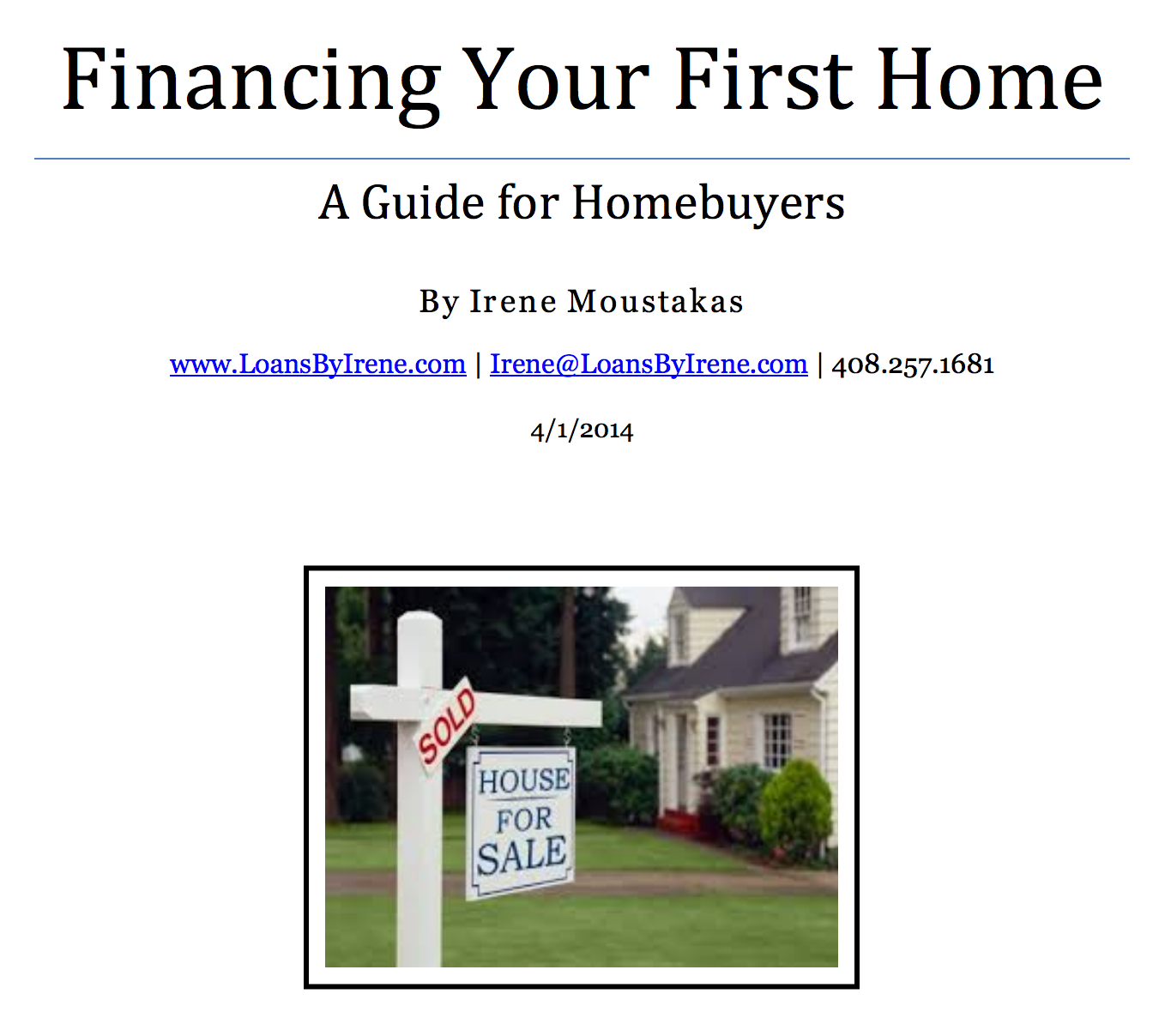Did you know you have options in paying or avoiding Private Mortgage Insurance (PMI)? PMI is charged by the lender when you do not have 20% down payment. It is insurance to protect the lender (not you) against you defaulting on the mortgage, since you are considered higher-risk than a person that can put down 20% or more.
The amount you pay depends on the loan amount, down payment percentage, property type and your credit score. Here’s a general scenario for a $700k purchase price with 10% down payment, single-family home, 740 credit score –
Current 30 Year Fixed rate is 4.125% with no points (4.166% APR).
Mortgage payment ($630k @ 4.125%): $3053.29
Mortgage Insurance (.41% factor): $215.25
TOTAL: $3268.54
Now, to avoid this, you have a couple of options – the first is to opt for Lender-Paid Mortgage Insurance, and the second option is to split financing into an 80% 1st mortgage, and a 10% 2nd.
OPTION 1 – “LENDER-PAID MORTGAGE INSURANCE”:
In this scenario, the PMI is absorbed into the interest rate. The current 30 Year Fixed rate for this option is 4.5% with no points (4.541% APR).
Mortgage (total) payment: $3192.12
PMI: 0
So in comparing you paying for PMI versus the Lender-Paid MI option, you would be saving $76.42/month. In addition, you should speak to your tax advisor, but interest on one’s mortgage payment for their primary home is tax deductible, whereas PMI is only tax deductible in some cases.
OPTION 2 – SPLIT FINANCING INTO A 1st and 2nd:
You would receive an 80% 1st mortgage and a 10% 2nd mortgage (equityline). For this $700k home purchase scenario, your 1st would be $560k at 4.125% with no points (4.170% APR). Your 2nd would be a $70k equityline based on Prime + 1.99% (so currently 6.24%).
1st Mortgage payment: $2714.04
Equityline payment: $364.00 (Note: this is interest only and rate/payment will fluctuate depending on Prime)
TOTAL: $3078.04
Split financing will yield the most savings; however, since that equityline rate and payment can fluctuate, there may come a time that the payment increases so much that one of the other two options may have made more sense. Your decision should be based on your goals/timeline for the home, and expectations of paydown. It is important to be realistic and to think through all the advantages and disadvantages of your options – something your mortgage professional should be able to discuss with you.


